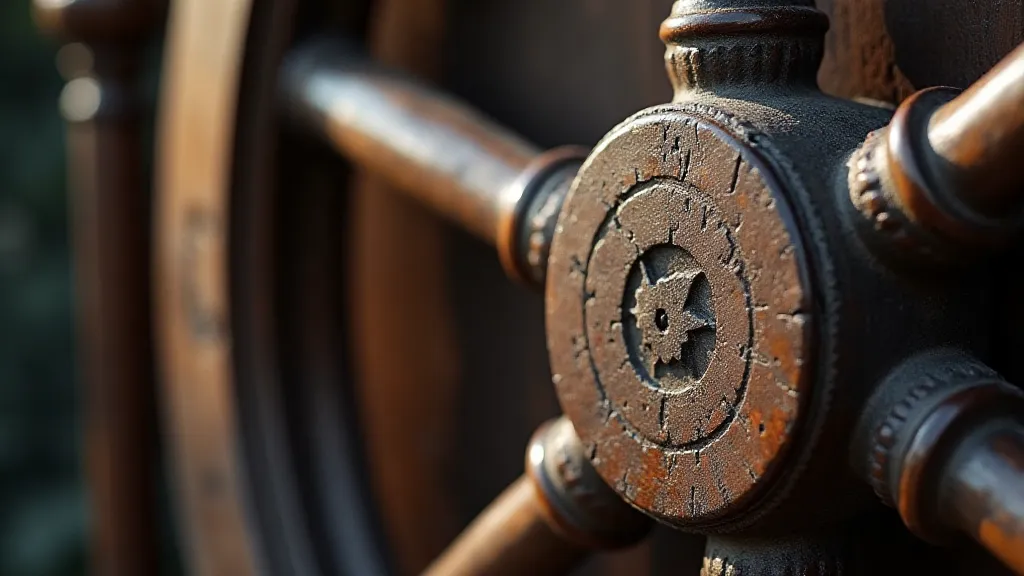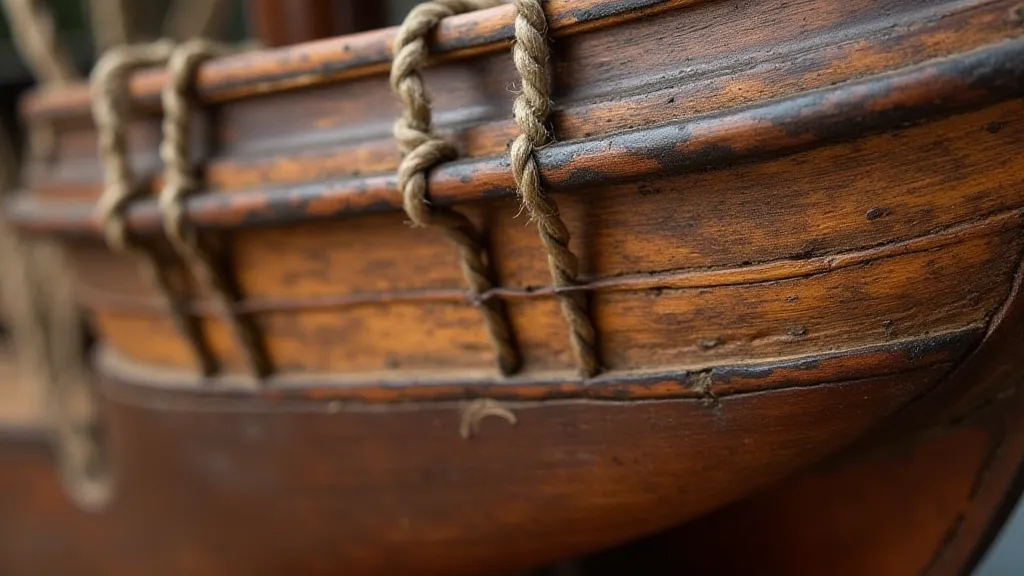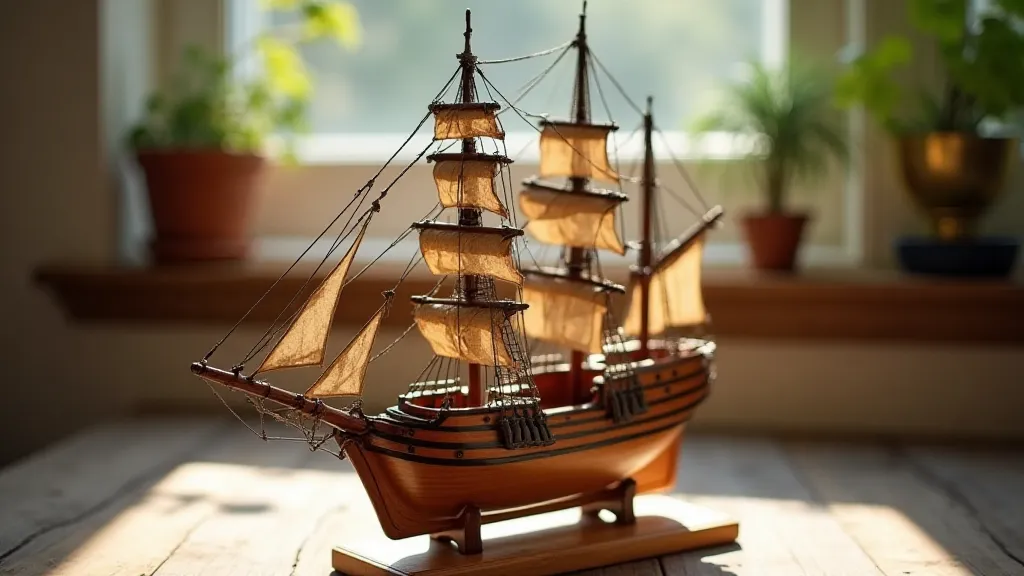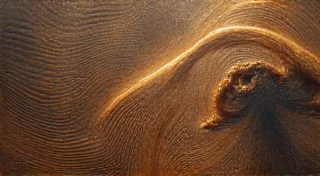The Ship's Soul: Discovering Character in the Details
There's a peculiar magic in building model ships. More than just a craft, it’s a communion with history, a tangible link to the ingenuity and resilience of those who sailed the world's oceans. But to truly capture that essence, to move beyond a mere replica and create something that breathes with life, lies in the subtle nuances – the details that whisper stories of a ship's soul. This isn’t just about precise measurements and perfectly fitted planks; it's about imbuing your wooden model with a sense of personality, a lived history etched into every curve and grain.
My own journey began with a kit – a rather simple brigantine. I meticulously followed the instructions, proud of my accuracy. It was…fine. Technically correct, but lifeless. It lacked the grit, the patina, the *character* of a real vessel, weathered by storms and salted by years at sea. It was then I realized that a truly compelling model isn't just a miniature; it’s an interpretation, an homage born from understanding.

The Echo of History: Research and Context
Understanding the historical context is paramount. Building a model of a 17th-century galleon isn't just about following plans; it's about researching the era. What were the common carpentry techniques? What types of wood were used, and why? How did shipbuilders account for the local timber available? Look at contemporary paintings and sketches – not just of the ships themselves, but of the docks, the sailors, the very atmosphere of the time. These details seep into your subconscious and inform your choices. Even the subtle shaping of a plank, the way a knot is handled, becomes a conscious act of historical empathy.
Consider the *Santa Maria*, Columbus’s flagship. We have limited, often conflicting, information about its exact construction. A historian might argue about the number of guns, the type of rigging, but a model builder can use that ambiguity to their advantage. Instead of striving for absolute certainty, you can interpret the available data, allowing your understanding of naval architecture to shape the final product. This isn't inaccuracy; it’s informed artistic license.
The Wood's Story: Grain, Knots, and Imperfection
Wood itself is a character. No two pieces are exactly alike. Embrace the natural variations – the swirling grain, the occasional knot. These aren’t defects to be hidden; they're opportunities to add visual interest and authenticity. I’m often asked what wood is best for model ship building. There’s no single answer. Mahogany is classic for its beauty and workability. Walnut offers a darker, richer tone. Basswood is prized for its softness and ease of carving. But the best wood is often the wood that *tells a story*.
A knot, for instance, might be strategically placed to suggest a localized repair, a patch done quickly at sea. A wave in the grain can imply the stresses of the ship’s frame as it flexed under sail. These are not just visual details; they're narrative clues. Think about how the wood feels in your hand – its weight, its texture. This tactile connection informs your building process and subtly influences the final result.
The Art of Weathering: Mimicking Time's Touch
A brand-new ship, even a real one, rarely looks pristine. Time, sun, and saltwater leave their mark. Weathering isn't about simply making your model look dirty; it's about convincingly recreating the effects of decades, even centuries, of exposure. This is where artistic skill truly comes into play.
Start subtly. Thin washes of diluted paint, applied with a soft brush, can simulate the accumulation of grime. A light sanding with progressively finer grits of sandpaper can soften edges and create a sense of wear. Dry brushing – applying a small amount of pigment with a nearly dry brush – can highlight texture and create a faded, sun-bleached appearance. The key is restraint. A little goes a long way.
Think about where water would pool – around deck fittings, in the recesses of the hull. Consider the prevailing winds and how they would carry salt spray. Examine real-world examples of weathered wood – old docks, historic buildings, even driftwood on a beach. These are your teachers.

Beyond the Plans: Expressing Your Vision
While adhering to the original plans is important, don't be afraid to deviate. A plan is a guideline, not a prison. A skilled shipwright would have adapted to changing circumstances, utilizing available materials and incorporating their own innovations. As a model builder, you have that same freedom – the freedom to interpret, to innovate, to imbue your creation with your own unique vision.
Perhaps you decide to slightly alter the shape of the bow, inspired by a contemporary painting. Maybe you choose a different type of rigging, based on your understanding of the era. These are not errors; they are artistic choices, reflecting your personal connection to the subject. The best models are those that tell a story, not just replicate a form.
The Quiet Satisfaction: A Legacy in Miniature
Building a model ship isn’t just a hobby; it’s a journey – a connection to the past, a celebration of craftsmanship, and an expression of artistic passion. When you're finished, stand back and admire your creation. Look beyond the technical accuracy, and appreciate the character you've breathed into it – the subtle details that whisper stories of the sea, the resilience of those who sailed, and the enduring legacy of wooden shipbuilding. It’s a quiet satisfaction, a tangible piece of history brought to life in miniature, a small but enduring echo of the ship’s soul.






